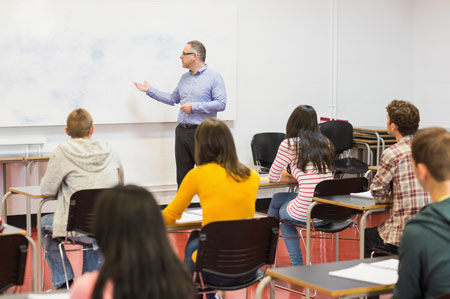- Department

Overview
Organisation
Contact us
- Research

Research in brief
Research activities
- Teaching

PhD programmes and postgraduate training
- PhD programmes
- Professional Master's Programmes
- Corsi di perfezionamento e aggiornamento professionale
- Corsi di Formazione per il Sostegno
- Continuing Education courses
- Advanced courses
- Professional development courses
- Percorsi formativi 30/60 CFU
- Percorsi formativi 30CFU
- Percorso formativo 24CFU
- Percorso formativo 5CFU
Teaching services
- Community Engagement

Information for community
Servizi per il territorio
Contact us
- People
- contacts
-




